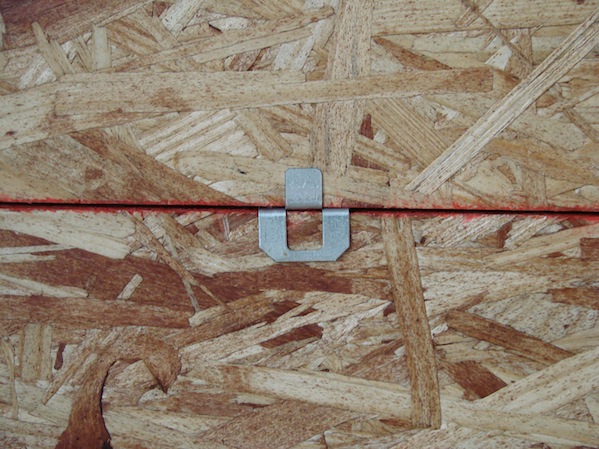Mastering Roof Inspections: Attic Area Roof Inspection
The purpose of the series “Mastering Roof Inspections” is to teach home inspectors, as well as insurance and roofing professionals, how to recognize proper and improper conditions while inspecting steep-slope, residential roofs. This series covers roof framing, roofing materials, the attic, and the conditions that affect the roofing materials and components, including wind and hail.
Wear a respirator. Many types of insulation contain particulates that become airborne when the insulation is disturbed. Insulation particulates may cause respiratory problems, and various diseases can be transmitted by airborne particulates containing virus or bacteria from animal urine or feces. Dust masks are inadequate.
The attic is a great place to find evidence of roof leaks, especially if you’ve already seen potential problems on the roof.
Look for daylight. If you can see out, water may be able to find its way in. The exception is older shake roofs. You can sometimes see daylight through them without finding signs of leakage.
Penetrations



Use a moisture meter to check stains for elevated moisture content. Decay fungi become active at about 20% moisture in materials. They start to reproduce at about 27%. This truss web had a level of 43%.


This vent was not screwed where sections connected. During re-roofing operations, roofers lifting the roof jack separated the connection, allowing the products of combustion to enter the attic. Combustion gasses include large amount of moisture.
If you find elevated levels, the chances are good that it’s a recent leak instead of an old leak which has already been repaired. You’ll want to report any stains you find. Just don’t call it active leakage without a good reason. If you check a stain and it reads dry, maybe it hasn’t rained in a while. Report what you see. Don’t say anything that you don’t know is true. Recommend a qualified roofing contractor if you have doubts.
Poor Connections
Look for poor connections and improper fasteners. Nails should be sunk to the head, not tacked. Metal connectors haven‘t always been required, and a lack of them is not necessarily a defect.
Here are some other conditions to look for:
- broken, damaged or sagging framing components;
- inadequate structural connections. Metal connectors have not always been required, but when they’re installed, they should be fastened with the proper fasteners;
- sheathing that has been cut for ventilation purposes, such as at ridge vents and roof vents. If this is the case, check to see that underlayment has also been cut to allow air to flow; and
- the presence of soffit vents; check to see that they aren’t blocked by insulation.
H-clips are small, metal clips designed to provide additional support to the roof sheathing panel edges between rafters. You may or may not see H-clips installed between roof sheathing panels.


Take InterNACHI's free, online Roofing Inspection Course.

